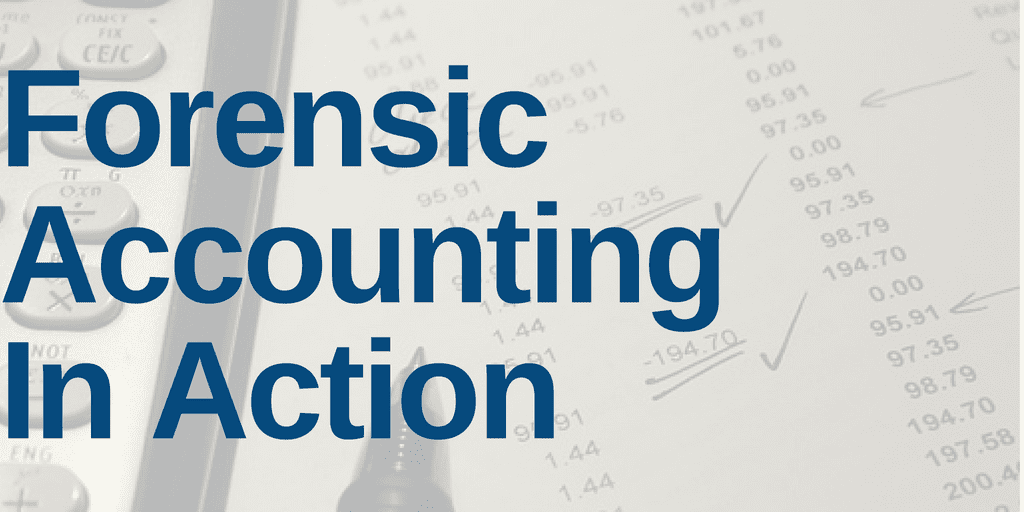For February 22, our forensic accounting needle in a haystack comes from a peer-to-peer lender that knowingly uses misleading non-GAAP metrics.
Analyst Peter Apockotos found an unusual item in Lending Club’s (LC) 2018 10-K.
On page 67, LC discussed all the flaws and limitations of the non-GAAP financial metrics it uses, the most prominent of which is Adjusted EBITDA. In so doing, LC clearly articulated many of the reasons why Adjusted EBITDA is an unreliable metric, including:
- It excludes costs that are recurring expenses for the company.
- Other companies in the industry calculate the metric differently, so investors cannot make accurate comparisons.
- It does not account for the dilutive impact of stock-based compensation.
- Even though depreciation and amortization are non-cash charges, the company has to spend cash to replace the depreciating capital.
- Adjusted EBITDA does not reflect the tax payments that reduce cash flows to investors.
Why, if Adjusted EBITDA is flawed in all these ways, does LC continue to highlight it in their earnings reports and use it as the primary driver of executive compensation? For the same reason that previous Danger Zone picks such as Snap (SNAP), TrueCar (TRUE), and Newell Brands (NWL) did: Adjusted EBITDA allows the company to present itself as profitable and lets executives keep earning bonuses even as they destroy shareholder value.
LC claims that it earned $98 million in adjusted EBITDA in 2018, but when we look at net operating profit after tax (NOPAT), we see that LC actually lost $18 million.
The Power of the Robo-Analyst
We analyzed 80 10-K filings yesterday, from which our Robo-Analyst[1] technology collected 8,940 data points. Our analyst team used this data to make 1,868 forensic accounting adjustments with a dollar value of $1.3 trillion. The adjustments were applied as follows:
- 739 income statement adjustments with a total value of $75 billion
- 792 balance sheet adjustments with a total value of $565 billion
- 337 valuation adjustments with a total value of $690 billion
We believe this research is necessary to fulfill the Fiduciary Duty of Care. Ernst & Young’s white paper, “Getting ROIC Right”, demonstrates how these adjustments contribute to meaningfully superior models and metrics.
This article originally published on February 22, 2019.
Disclosure: David Trainer, Peter Apockotos, and Sam McBride receive no compensation to write about any specific stock, sector, style, or theme.
Follow us on Twitter (#filingseasonfinds), Facebook, LinkedIn, and StockTwits for real-time alerts on all our research.
[1] Harvard Business School features the powerful impact of our research automation technology in the case New Constructs: Disrupting Fundamental Analysis with Robo-Analysts.
